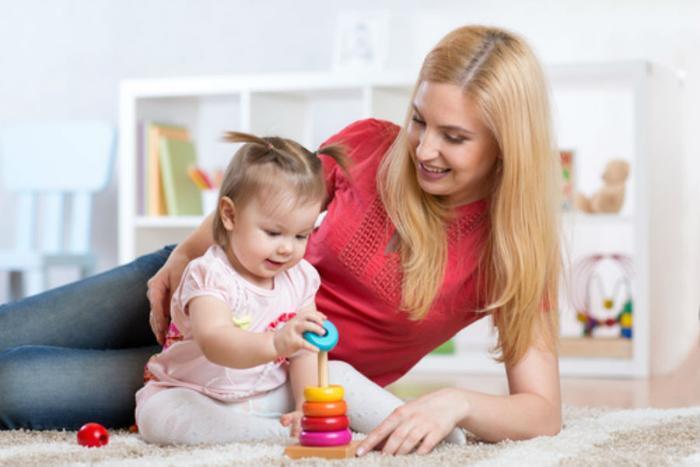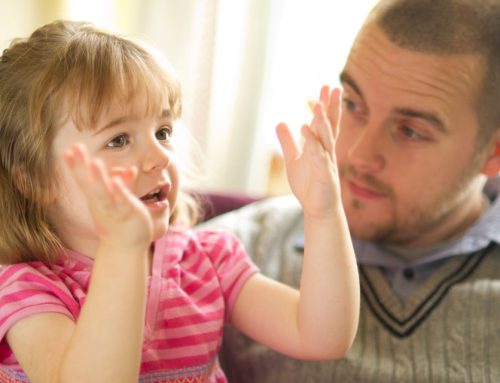Imitation is how young children learn many skills; including how to communicate
What a child is not talking, there is a fair chance that he or she is not yet imitating
Imitation is an important skill to teach a late talking toddler.
Imitation is a foundational skill that serves as a precursor to language development in toddlers. We can help our children to develop speech, language and communication skills via engaging in playful imitation. In this week’s blogpost we will delve into the significance of imitation as a vital precursor skill for language development in toddlers. By understanding the link between imitation and language, you can facilitate the development of your child’s language skills in a fun, playful way.
The Skill of Imitation Develops in Stages
First young children will start to imitate your actions upon objects. For example, your child might imitate you patting a dog, drinking from a cup, washing hands, popping bubbles, building a tower with blocks or pushing buttons on a musical toy.
Next young children will start to imitate actions and gestures that they see demonstrated. This is when children start enjoying simple songs that involve actions.
Soon after, children may start to imitate your simple vocalisations and sounds that they hear in the environment such as trucks, sirens and animal sounds.
Finally, children start to imitate words and short phrases.
Tips to help your child learn to imitate gestures by 12 months
If your child is imitating actions with objects and playing appropriately with a variety of toys, it is time to make yourself the toy and encourage your child to imitate your gestures.
Start with some simple body actions and gestures in games like ‘Give me Five’ ‘Peekaboo’ ‘Round and Round the Garden’, clapping, waving hi/bye and banging on a table with your hands.
Some simple gross motor actions like jumping, marching and dancing to music are other fun ideas to help your child imitate actions during play.
Once your child can imitate these types of simple actions, you can teach some simple natural gestures or key word signs to help your child communicate.
Some Helpful Natural Gestures and Key Word Signs to teach young children
Only teach signs when your child is imitating earlier gestures. Model / Demonstrate these signs 3-5 times in natural situations and play and then look expectantly at your child…giving him or her time to attempt to imitate. Here are some good signs to start with:
up
more
eat
drink
all done
mine
help
open
Imitation can help your child to learn:
How to engage in back and forth reciprocal conversation
How to use verbal and nonverbal communication for a range of social purposes with others
Vocabulary
How to combine words using grammar and syntax to build combinations of words in phrases and short sentences
Speech Sounds
Imitation is a fundamental precursor skill for language development in toddlers.
By incorporating opportunities for playful imitation into your interactions and activities, parents and carers can create a rich learning environment that supports their child’s speech, language and communication skills to grow.
Through imitation, toddlers acquire vocabulary, grasp sentence structure, develop conversational skills, and understand nonverbal cues. Embrace the power of playful imitation as you engage with your toddler, nurturing their language abilities and fostering their overall development. Remember, the joy of imitation is not only a pathway to language development but also a beautiful way to bond with your child during these formative years.





